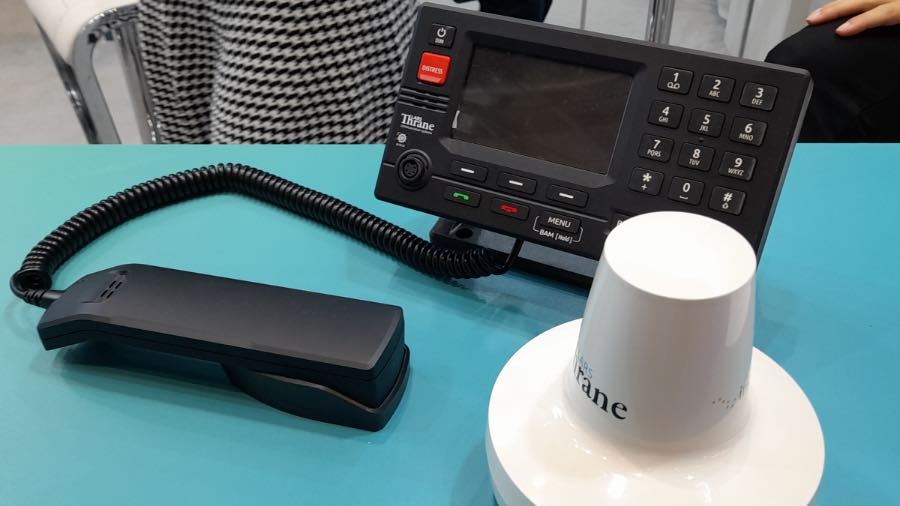
Iridium Communications, which provides GMDSS using its constellation of low Earth orbit (LEO) satellites, has integrated this service into its Certus L-band communications for maritime with two series so far, and another coming in 2026.
In response, manufacturers of communications hardware have produced GMDSS terminals for Iridium Certus and more are coming.
An expert panel described the latest hardware, technologies and services for communications in emergencies during Riviera’s Empowering choice in maritime safety: The role of Iridium GMDSS webinar, which was held on 9 April 2025 in association with Iridium Communications.
On the panel were Iridium Communications director for maritime, Dan Rooney, and director of maritime safety, Mark Lawson, plus Intellian Technologies vice president for maritime sales in Americas, Nicolas Broderick, and Lars Thrane sales director Erik Nieuwmeijer.
Mr Rooney said Iridium merged Certus with GMDSS safety and regulatory services in December 2024 with the Certus 200 and 700 services for shipping and maritime. Iridium Certus 100 for smaller vessels will be ready to launch in H2 2025.
These services will be supported by terminals with additional functionality including communications with the long-range identification and tracking (LRIT) system, ship security alert system (SSAS) and SafetyCast services for the distribution of maritime safety information.
“Voice calls converse information much better than messaging. SafetyVoice will save lives,” he said.
Iridium operates a LEO constellation of 66 active satellites and up to 50 in-orbit spares. “We had several on the ground as replacements, but we have inserted them into orbit, giving us a network lifespan that exceeds 2035, so we have another 10 years of life,” said Mr Rooney.
Mr Lawson said Iridium has signed up more than 25 rescue co-ordination centres (RCCs) and there are 20 others “waiting to come on board”. All GMDSS calls will be directed to these RCCs, with the US Coast Guard being the default.
“We guarantee 100% global communications, including in the Arctic Ocean, and a full suite of GMDSS, MSI, SSAS and LRIT all in one terminal,” said Mr Lawson.
Using the LEO constellation for GMDSS provides 99.99% availability and the ability to recover communications within an hour if there is a payload failure.
“We demonstrate recovery and availability four times per year,” said Mr Lawson. “In 2024 Iridium received and distributed 114 distress signals.”
Maritime safety information from various service providers is cast across global fleets using Iridium GMDSS SafetyCast services.
Mr Broderick said Intellian is now rolling out three versions for Certus GMDSS as Iridium introduces these services. Its terminals, C200M and C700M, have been released and C100M GMDSS will be available in October 2025 for workboats.
All these terminals have 7-inch touchscreens with wide-view angles and auto dimming so it is readable on the bridge. “They are integrated smart terminals and easy to retrofit onto ships,” said Mr Broderick.
“They have access to SSAS and LRIT, 7-inch screens and SafetyVoice, and can do self-diagnostics.”
Mr Nieuwmeijer said Lars Thrane has been a main provider of GMDSS terminals for Iridium’s L-band services from the start and is introducing more for Certus GMDSS.
Its LT-4200S provides global connectivity with no coverage gaps over Iridium Certus 200 with three voice lines. Its features include SSAS, LRIT, tracking, remote alarm, MSI messages, priority messaging to RCC and bridge alert management.
Mr Nieuwmeijer expects LT-4100S GMDSS to be launched when Iridium Certus 100 is available this year.